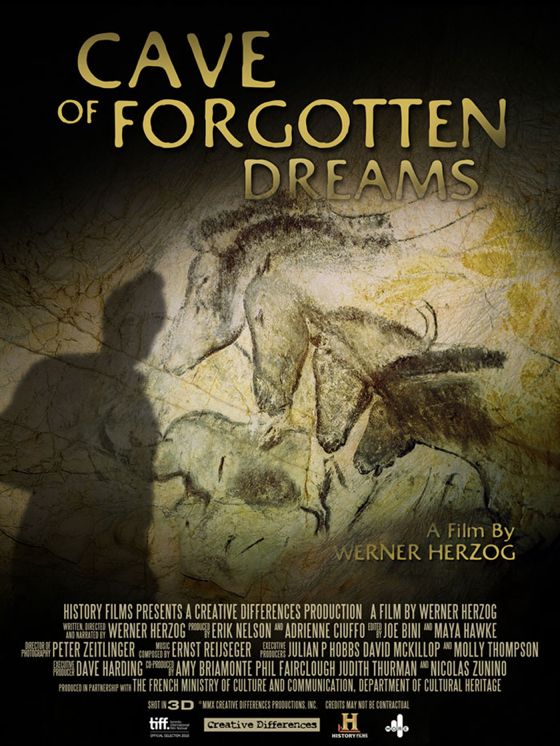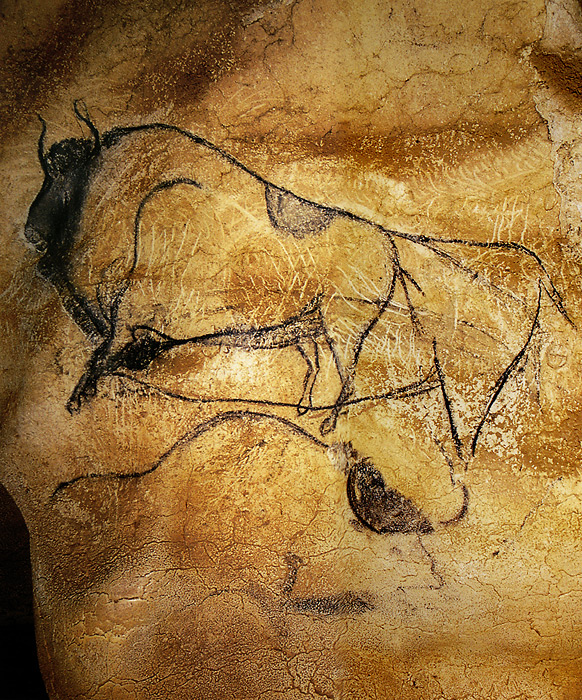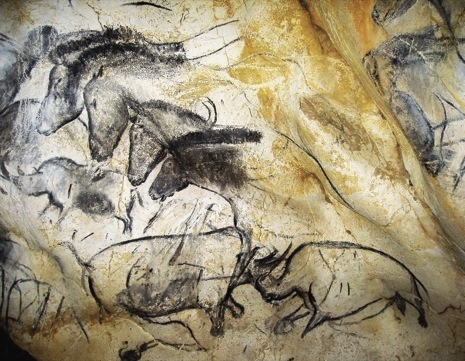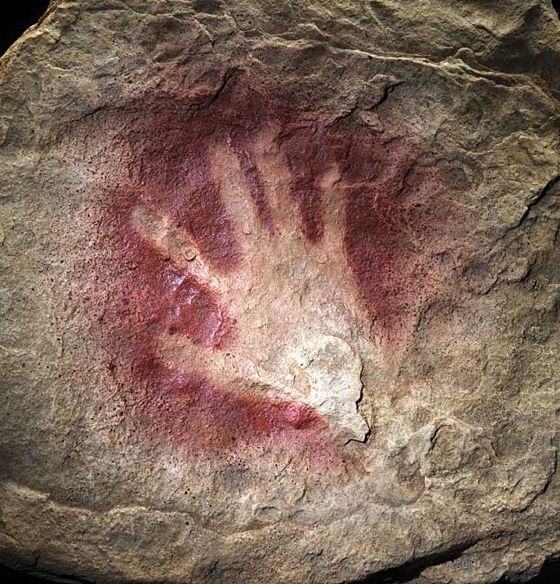
Yesterday afternoon I sat in a dark movie theater in the middle of the Mojave Desert and, thanks to some 21st-Century technology, stared into a dark cave in the south of France whose walls contain what are thought to be the earliest paintings by human beings ever discovered, some 30,000 years old.
I was, of course, watching Werner Herzog's 3D documentary Cave Of Forgotten Dreams. Because of the precious nature and fragility of the cave paintings, the public has never been and never will be allowed to visit the cave, which is accessible only to scientists and historians, but Herzog was allowed to film it to show off its wonders to the world.

The 3D process he used is illuminating, not only because it conveys a visceral sense of the spooky cave environment but also because the artists who made the paintings used the irregular surfaces of the cave walls as elements of their work, often suggesting the physical mass of the animals they depicted, giving the images at times the quality of relief sculptures.
One has to strain to imagine the age of the paintings because they do not look old. They are well preserved, because the cave was sealed off by a rock slide about 10,000 years ago, but the art itself is fresh and alive, and breathtakingly beautiful. The images pulse with desire — they mostly depict animals that were hunted by Paleolithic men for survival — but also with awe and respect. The animals are rendered with powerful suggestions of movement and grace, their beauty as living creatures fully appreciated.

Here, for example, are the earliest painted representations of horses, and they can stand as works of art alongside the horses of the Parthenon Frieze, the Byzantine Horses of San Marco, the horses in a John Ford film. They summon up the vital spirit of horses in the flesh and in movement.
Human beings have created no greater works of art in the 30,000 years that have passed since “primitive men” crafted these images. This is humbling in one sense, but also invigorating. The images remind us of what is distinct about our species, this ability to make not just useful things, of increasing complexity, but sublimely beautiful things, of inexhaustible complexity. It's a complexity that transcends the material plane, and can only be called spiritual, and it's found, fully developed, in Chauvet Cave.

Our ancestors were fully human when they made these works of art — when one of them stenciled the outline of his hand on the cave wall — and we can look at them to remind ourselves what being fully human means.

Although Herzog only briefly mentioned it, the murals also seemed to be backdrops for human shadows cast inside the darkened walls by sputtering torches. The first movie theatre, humankind's first cathedral. This was probably the best, consistent use of 3-D cinematography I've ever seen, as the drawings rippled along the undulating surfaces of the cave. I envy you seeing it in the desert.
The impression of movement in the figures really came across in the 3D process — proto-cinema, indeed, from 30,000 years ago. The sense of a movie theater as a cool, cave-like, magical refuge is definitely heightened out here in the Mojave!